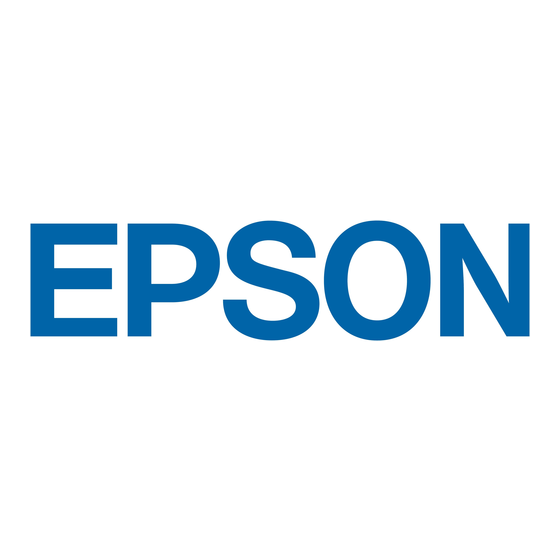Epson 1280 - Stylus Photo Color Inkjet Printer Руководство по началу работы - Страница 22
Просмотреть онлайн или скачать pdf Руководство по началу работы для Принтер Epson 1280 - Stylus Photo Color Inkjet Printer. Epson 1280 - Stylus Photo Color Inkjet Printer 32 страницы. Product support bulletin(s)
Также для Epson 1280 - Stylus Photo Color Inkjet Printer: Замена картриджей (2 страниц), Бюллетень поддержки продуктов (6 страниц), Бюллетень поддержки продуктов (1 страниц), Дополнительное руководство (1 страниц), Руководство пользователя (27 страниц), Руководство по совместимости (1 страниц), Дополнительное руководство (2 страниц), Начните здесь (2 страниц), Брошюра и технические характеристики (2 страниц), Информация о продукте (13 страниц), Начните здесь Руководство (6 страниц), Технические характеристики (2 страниц), Руководство пользователя (12 страниц), Бюллетень поддержки продуктов (3 страниц), Бюллетень поддержки продуктов (2 страниц), Бюллетень поддержки продуктов (4 страниц), Бюллетень поддержки продуктов (7 страниц), Руководство по установке (8 страниц)

